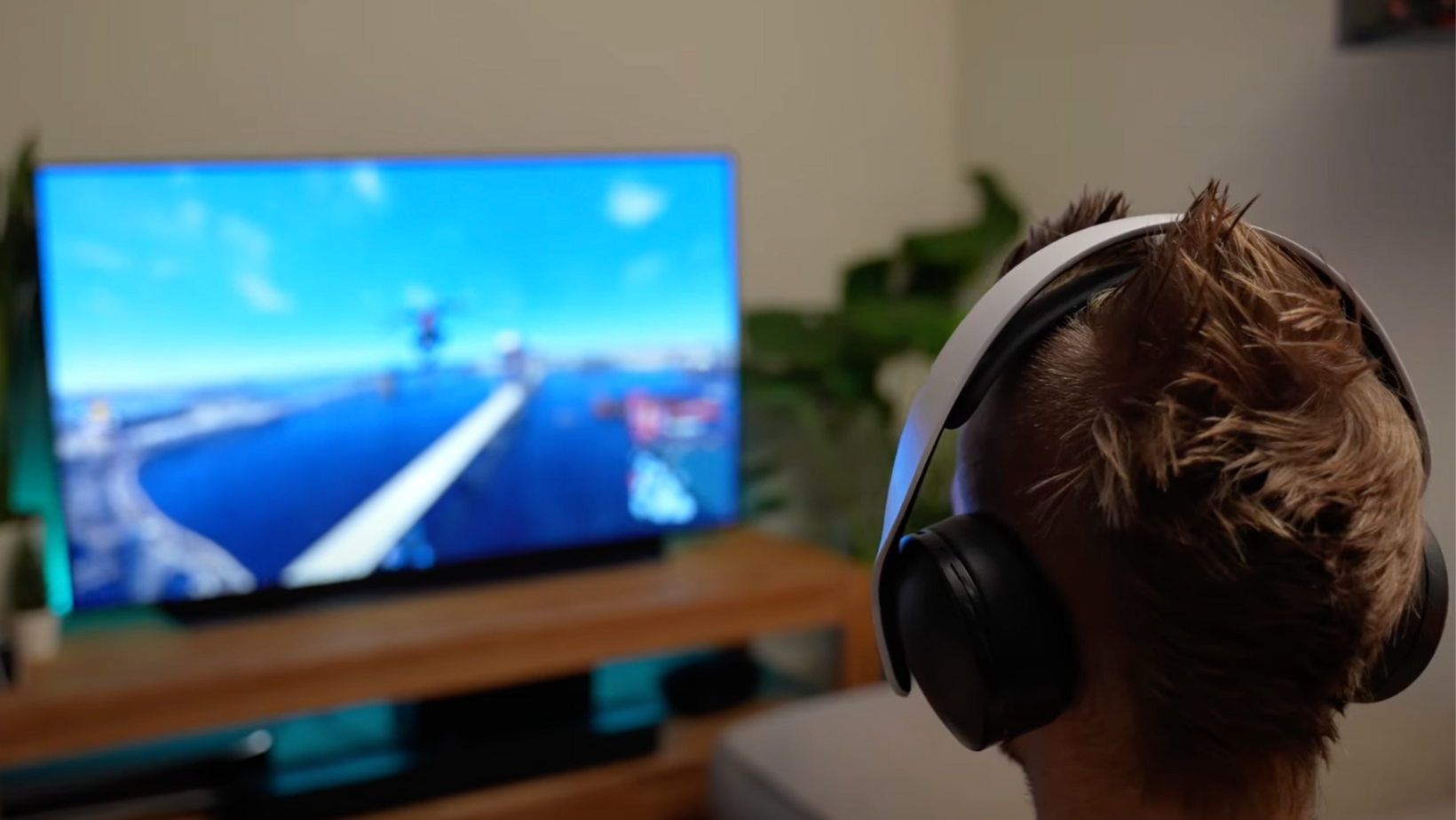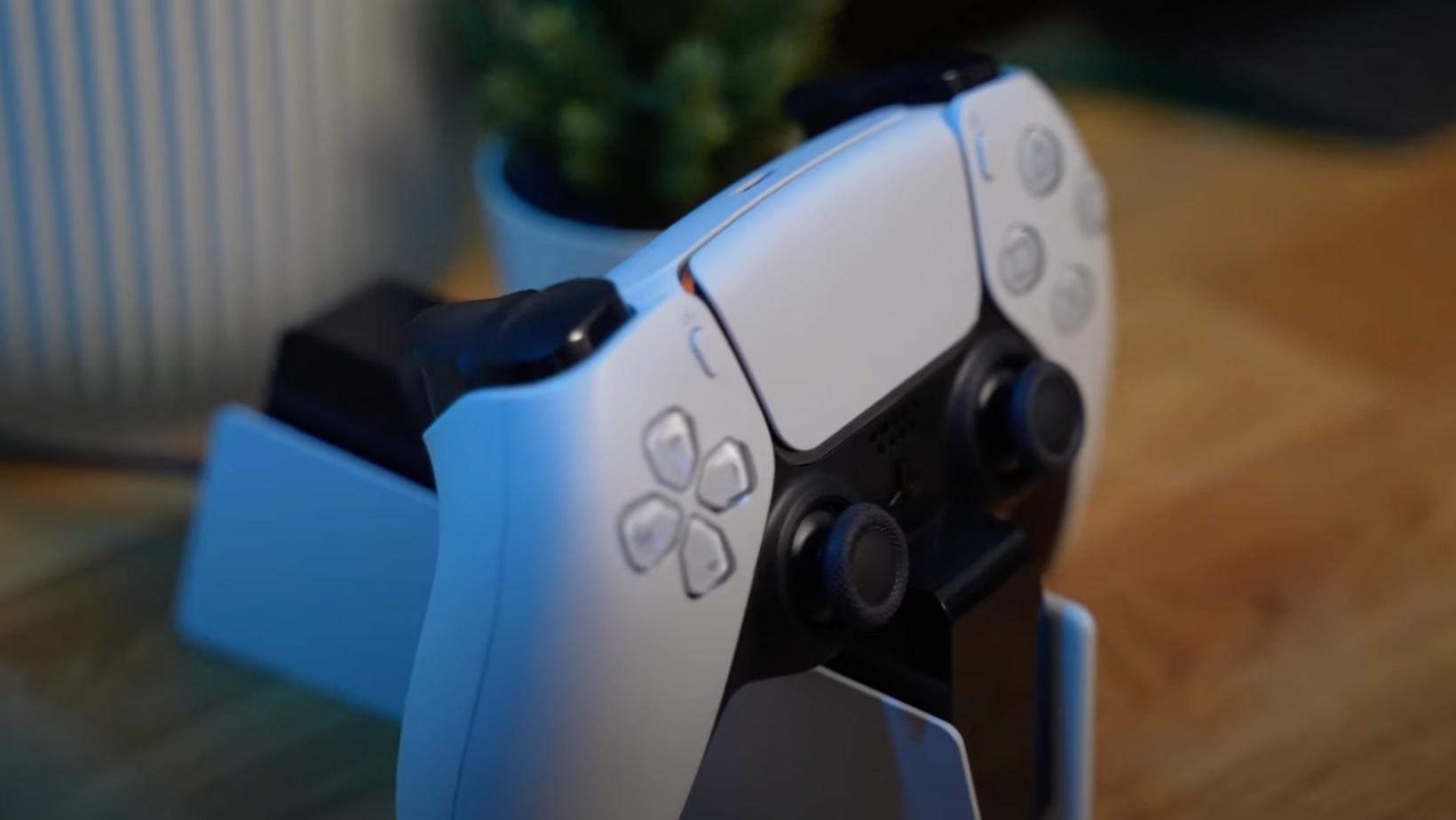When Sony first announced the PlayStation Portal, I’ll admit, I rolled my eyes. A handheld that only streams games from your PS5 over Wi-Fi? Really? It felt like Sony was late to the handheld party, especially with the Switch, Steam Deck, and ROG Ally already proving you can have powerful gaming in your hands without tethering yourself to a console.
But then the hype hit. Pre-orders sold out instantly, resellers started flipping them for ridiculous prices, and suddenly the PlayStation Portal was the hot new thing. Curiosity got the better of me, and after spending time with it, I get why people are excited, but I also get why others call it a pointless accessory.
So, is the PlayStation Portal worth the hype? Or is it just Sony cashing in on nostalgia and FOMO? Let’s dig in.
What Exactly Is the PlayStation Portal?
At its core, the PlayStation Portal is not a new console. It’s an 8-inch LCD display sandwiched between two halves of a DualSense controller, built purely for remote play. That means it doesn’t run games on its own. Instead, every game is streamed from your PS5 over Wi-Fi. No PS5 at home? No Portal.
There are some important caveats here. It doesn’t support cloud streaming outside of PS Plus, so you can’t just take it on the road and access your library anywhere. Performance depends entirely on your Wi-Fi stability. And because it’s locked to PlayStation’s ecosystem, you’re not getting Netflix, Spotify, or any of the extras you’d expect from a typical handheld.
In other words, the PlayStation Portal is less “PlayStation’s Switch” and more a luxury extension of your PS5. Great for when the TV is in use, not so great if you want true portable gaming freedom.
Design & Build Quality
Build quality is solid, with the same matte plastic and textured grips you’d expect from Sony’s mainline controllers. The PlayStation Portal is not super light, but it’s also not chunky, which is nice for extended sessions.
The screen itself is a 1080p LCD running at 60Hz. It’s sharp enough for most games, and colors look decent, though it doesn’t have the deep blacks or punchy contrast of an OLED. Compared to a Nintendo Switch OLED or even a mid-range tablet, the display feels a little behind the times, but it gets the job done.
Overall, the Portal feels premium in your hands, but it doesn’t wow you with its display tech. It’s familiar, functional, and clearly designed as an accessory first, not as a groundbreaking handheld console.
Performance: Remote Play in the Real World
The PlayStation Portal lives and dies by one thing: your Wi-Fi. When the connection is strong and stable, it’s impressive. Games stream in crisp 1080p at 60 frames per second, controls are responsive, and because the Portal uses the full DualSense tech (adaptive triggers and haptics included), it genuinely feels like you’re playing on your PS5, just on a smaller screen.
Unfortunately, the Portal isn’t designed for public Wi-Fi or patchy hotel networks. Sony even recommends a minimum of 15Mbps, and in practice, you’ll want a stable home connection well above that.
Battery life is average, clocking in at around 4 to 5 hours, depending on brightness and haptics. It’s fine for casual play, but don’t expect Steam Deck endurance.
Where the PlayStation Portal Shines
For all its limitations, the PlayStation Portal does have some very real sweet spots.
The first is shared households. If you’ve ever fought over the TV when someone wants Netflix and you want to grind through a boss fight, the Portal solves that instantly. You can keep playing your PS5 without hogging the main screen, and it works surprisingly well for this scenario.
Second, it’s fantastic for gaming around the house. On the sofa, in bed, even at the kitchen table, the Portal makes it easy to keep your game going without being tied to the living room setup. For slower-paced games like RPGs, indies, or story-driven adventures, it’s a joy.
The real kicker, though, is DualSense integration. Unlike streaming to a phone with a clip-on controller, the Portal delivers the full adaptive triggers and haptics experience, which makes a huge difference. It feels natural and immersive, not like a compromise.
So while the Portal doesn’t replace your PS5 or compete with the Switch and Steam Deck, it absolutely shines as an accessory.
Where the PlayStation Portal Falls Flat
The biggest drawback is that the PlayStation Portal is completely dependent on owning a PS5. This isn’t a standalone handheld, and it’s not even a proper cloud gaming device. And even if you do have a PS5, the Portal only works as well as your Wi-Fi allows.
That leads to the second problem: inconsistent performance. At home, with a strong connection, it’s great. But take it on the road, or try to rely on hotel Wi-Fi, and the experience falls apart quickly.
Then there’s the lack of versatility. You can’t run apps like Netflix, Spotify, or even cloud-stream PS5 titles through PlayStation Plus outside of your console. It’s a single-purpose device, and while it does that one thing reasonably well, it feels like a missed opportunity to do more.
Finally, there’s the price. At around $199/£199, it’s not outrageous, but for what it offers, it feels steep. Especially when you consider that Remote Play already works on phones, tablets, and laptops, often with better displays.
Other Must-Have PlayStation Accessories
If you’re thinking about buying the PlayStation Portal, you’re probably the kind of player who cares about getting the most out of your PS5.
And while the Portal is fun, there are a handful of other PS5 accessories that might give you a bigger day-to-day upgrade.
Headsets: Pulse 3D vs SteelSeries Arctis 7P
Sony’s Pulse 3D Wireless Headset is the obvious match for the PS5. It’s affordable, loud, and the spatial audio works brilliantly in games like Spider-Man and Call of Duty. The downside? The mic. It picks up background noise and makes you sound distant.

If you can stretch your budget, the SteelSeries Arctis 7P is a better option: clearer mic, more comfortable, and easier-to-use controls.
Speakers: Sonos Beam
Not a fan of wearing headphones all night? The Sonos Beam soundbar is a fantastic mid-tier option for living room gaming. It’s compact but powerful, with punchy audio and support for Alexa, Google Assistant, and AirPlay 2. It syncs neatly with your TV remote, so you’re not juggling extra controllers.
Charging Dock

This one’s boring but essential: the official DualSense Charging Station.
Unlike cheap third-party docks, it charges quickly, avoids annoying always-on LEDs, and just works. Two controllers, three hours for a full charge, about eight hours of playtime. Simple and reliable.
Storage: Samsung T7 SSD
PS5 storage fills up fast. The Samsung T7 SSD is fast, affordable, and perfect for storing PS4 games or shuffling PS5 titles on and off your internal drive. You can’t run PS5 games directly from it, but it saves a ton of time and stress when space runs low.
The TV Upgrade: LG C1 OLED
It might not technically be an accessory, but your TV can make or break your PS5 experience. The LG C1 OLED (48-inch) is one of the best pairings out there, with 120Hz support, perfect blacks, and vivid colors that make PS5 games truly shine. It’s not cheap, but if you want to see what your console is really capable of, this is the way..
Final Verdict: Is the PlayStation Portal Worth the Hype?
On first glance, the PlayStation Portal looks like Sony’s answer to the Switch or Steam Deck. But in practice, it’s just a remote play device with a premium finish.
If you’re a die-hard PlayStation fan with a reliable home network and a need to share the TV, the Portal is genuinely useful. It does exactly what it says on the box: puts your PS5 games in your hands with the full DualSense experience. For those specific use cases, it’s a slick solution that feels better than streaming to a phone or tablet.
But if you’re hoping for a true handheld PlayStation console, you’ll be disappointed. The lack of cloud streaming flexibility, its dependence on the PS5, and its single-purpose design make it a luxury add-on rather than a must-have gadget. And when you factor in the price, it’s hard not to wonder if your money would be better spent on other PS5 accessories that deliver more consistent value.


